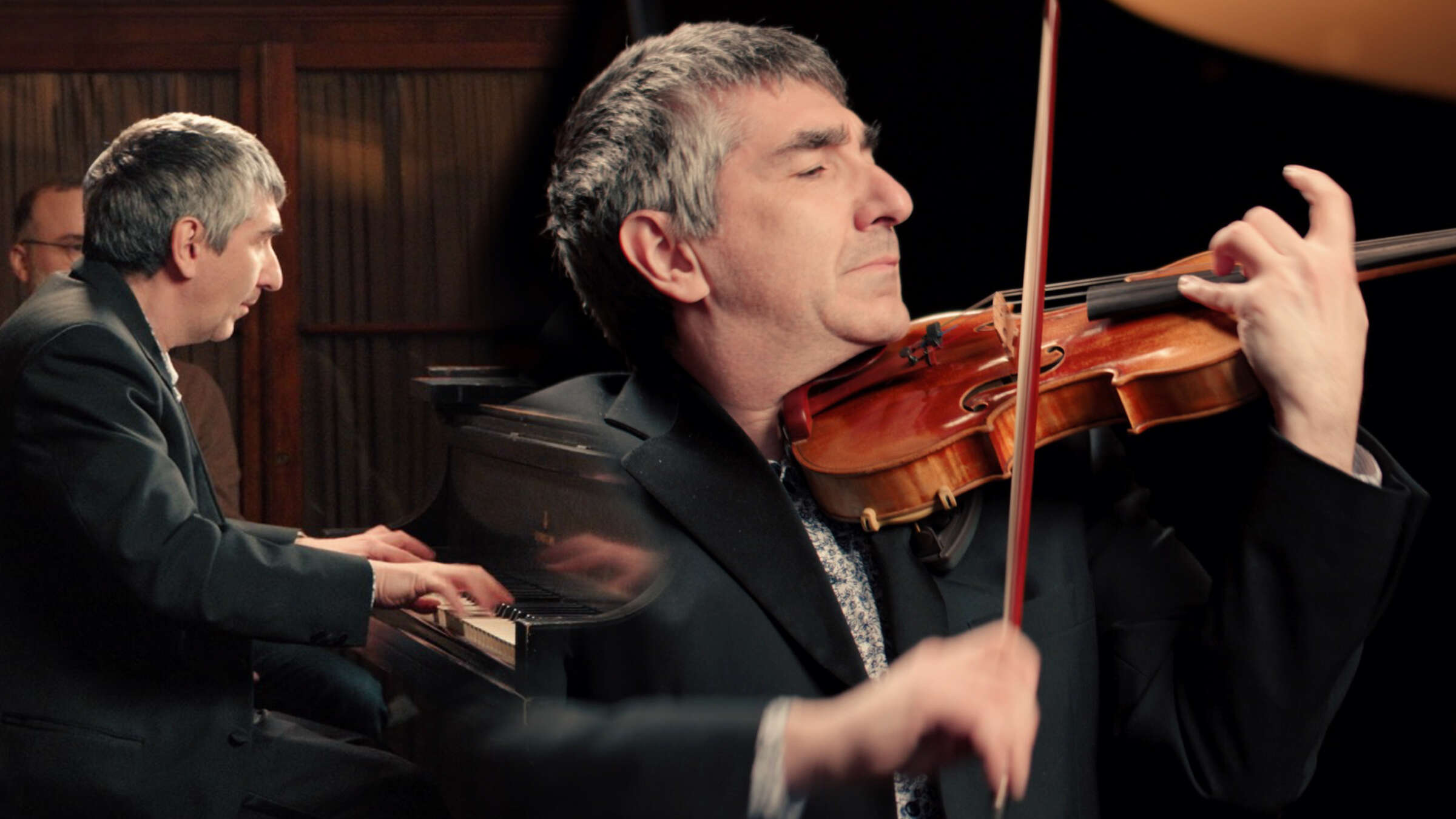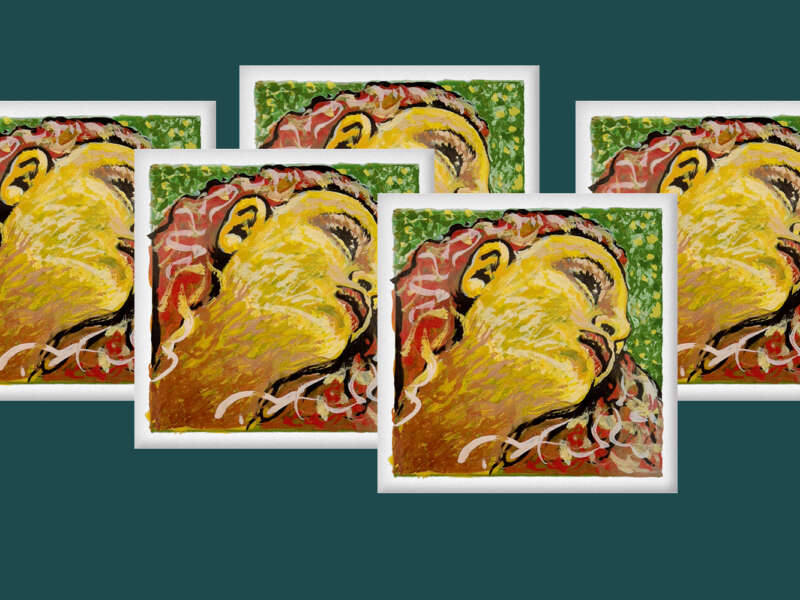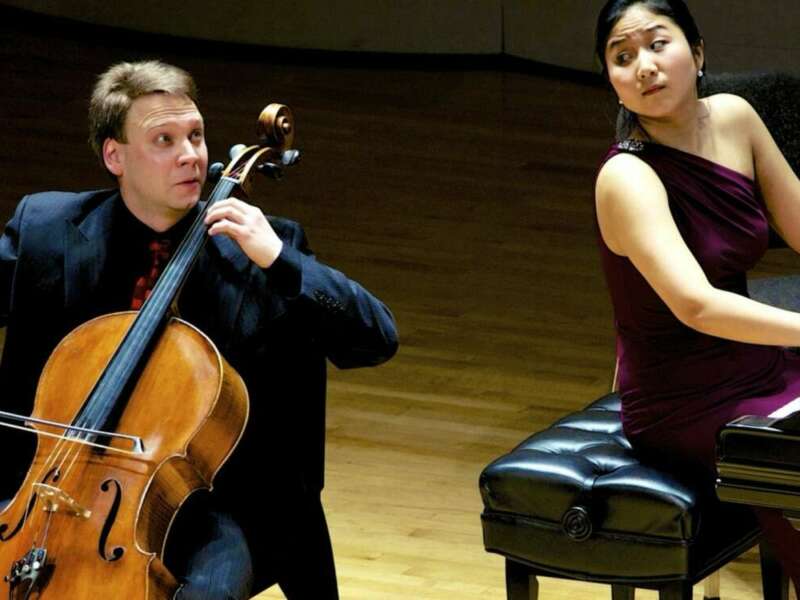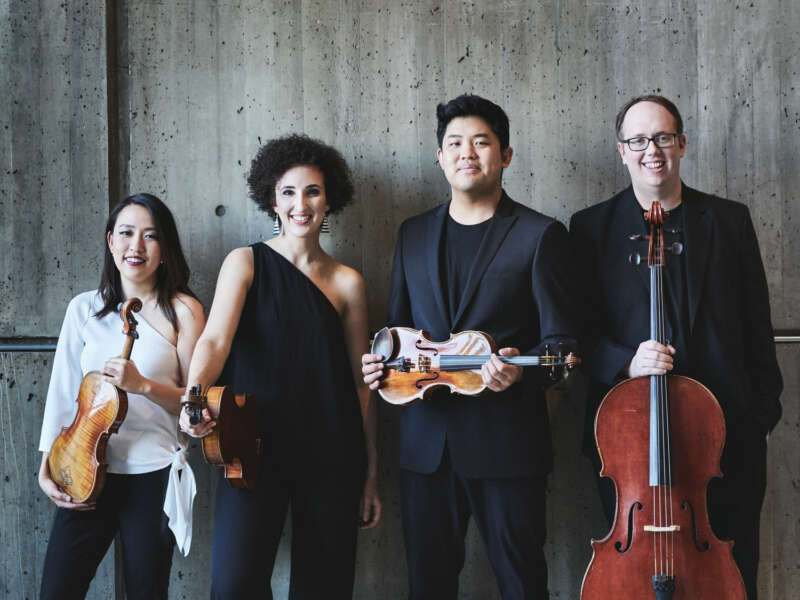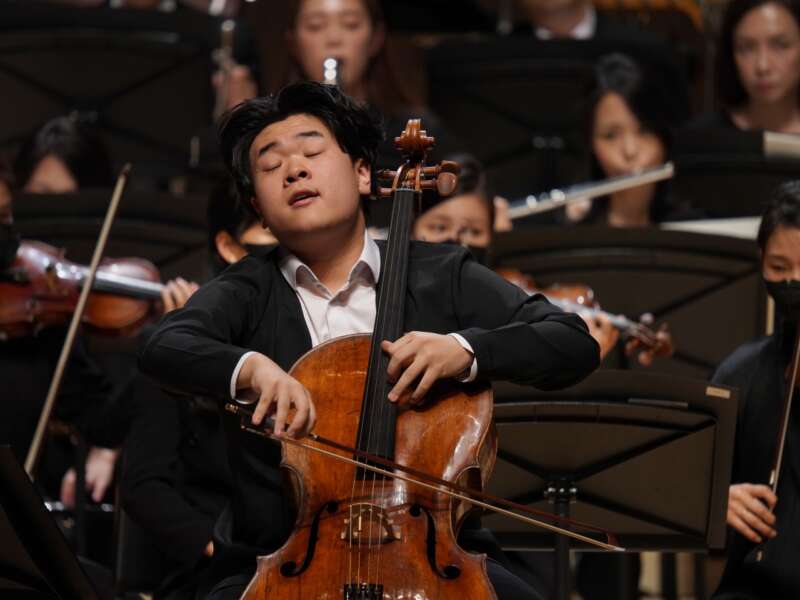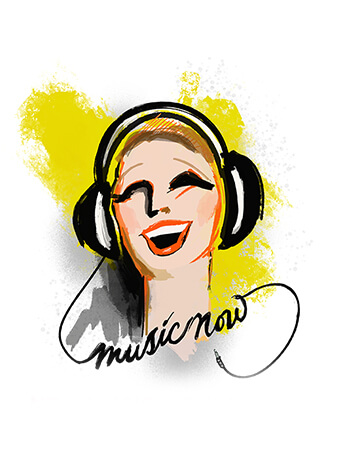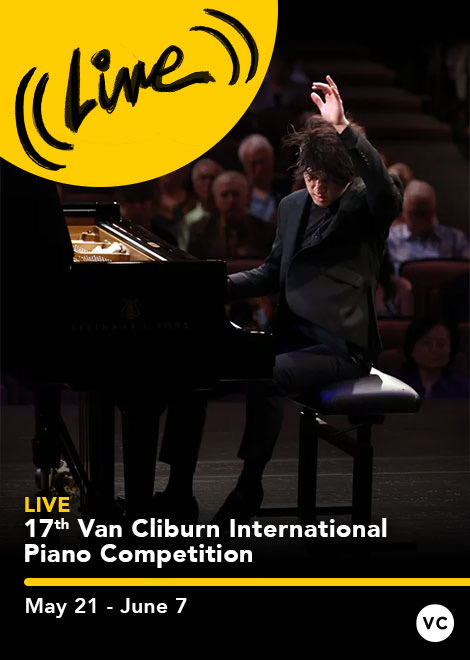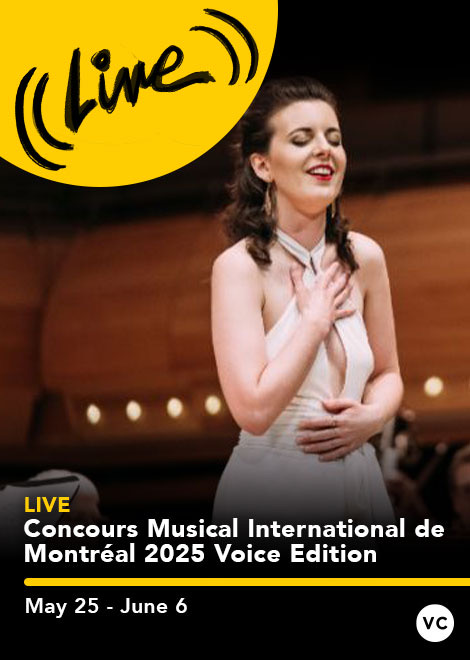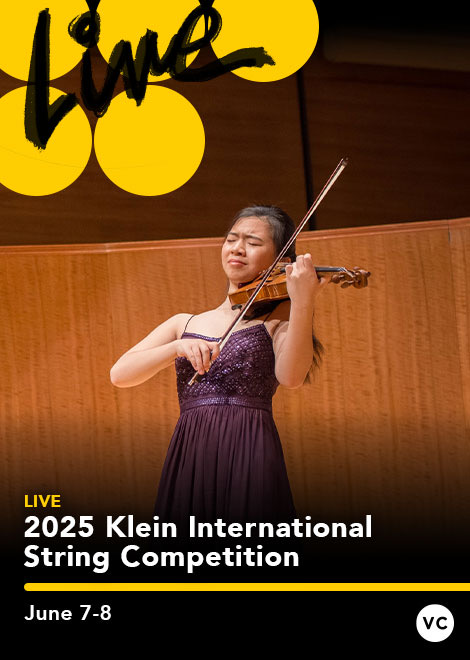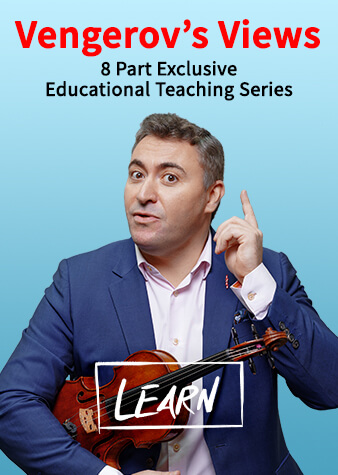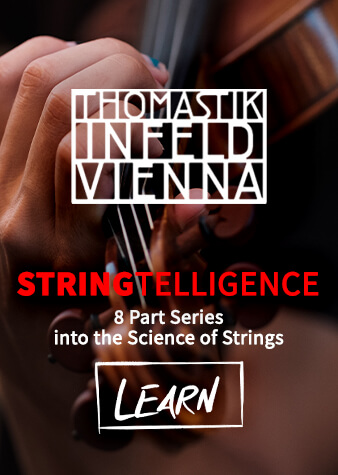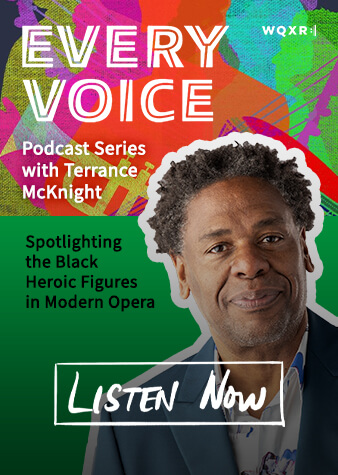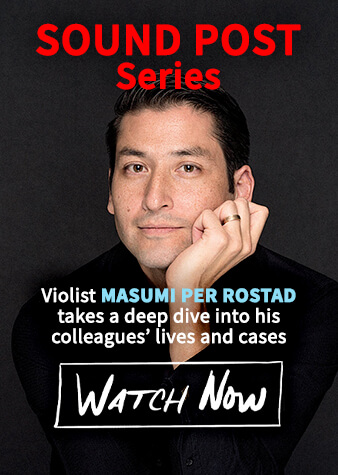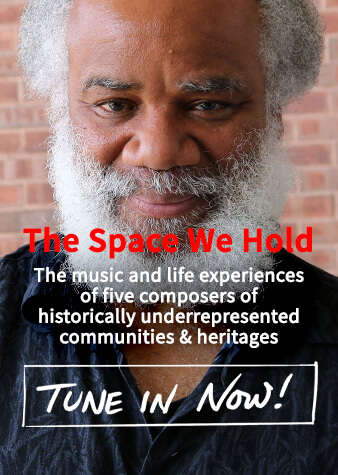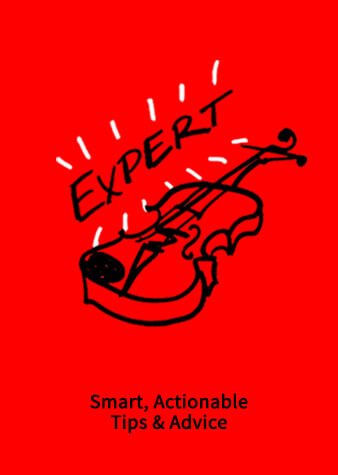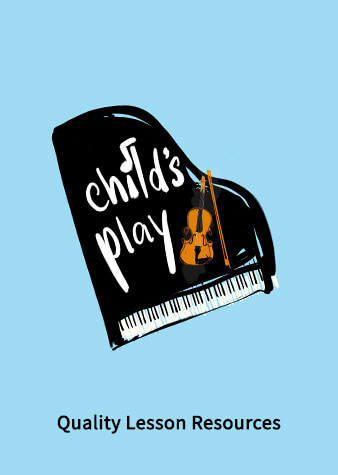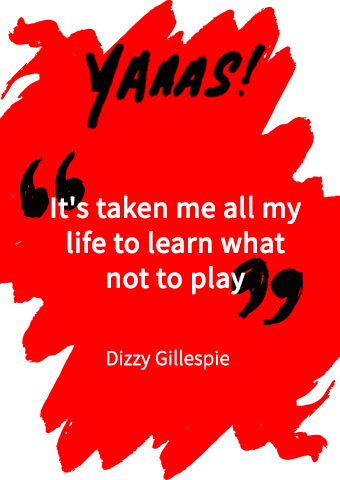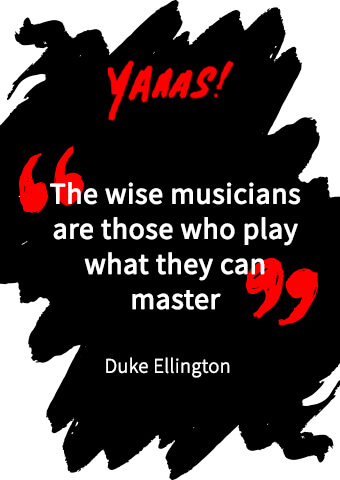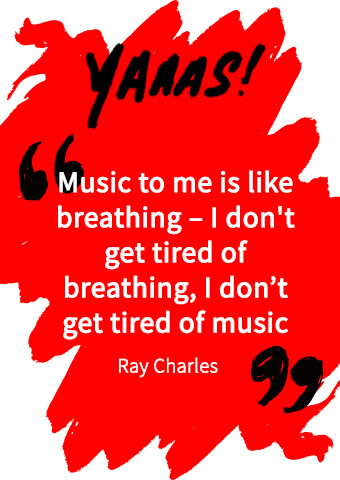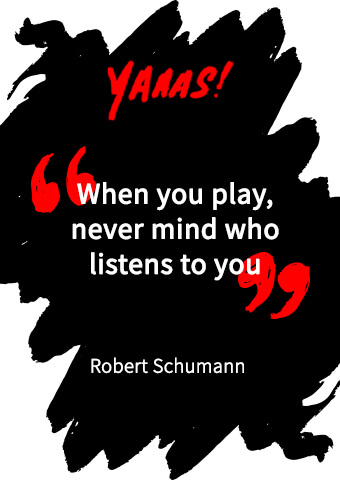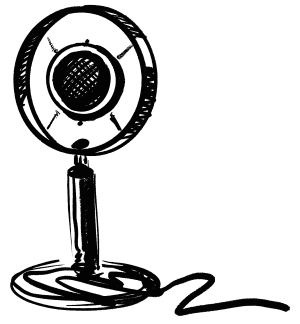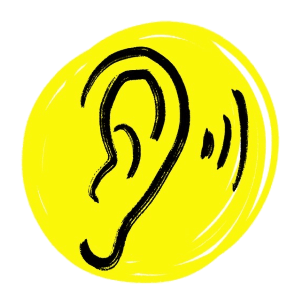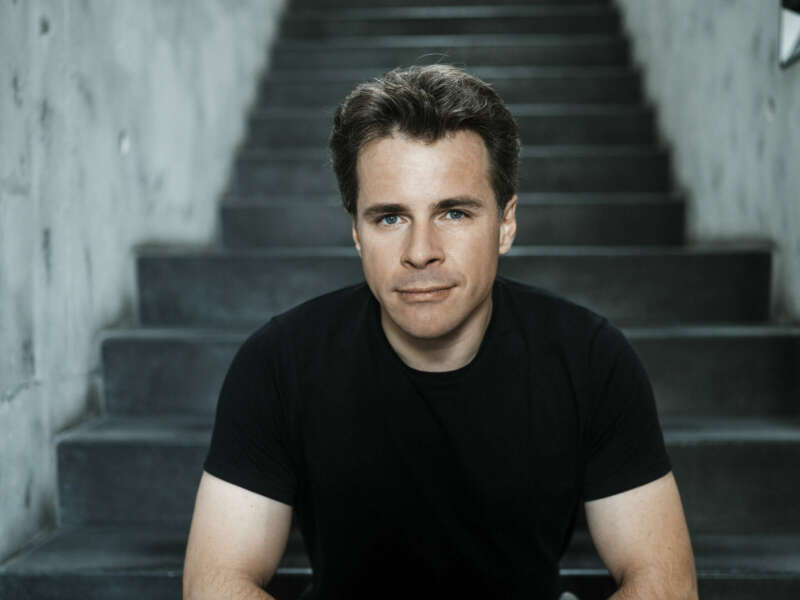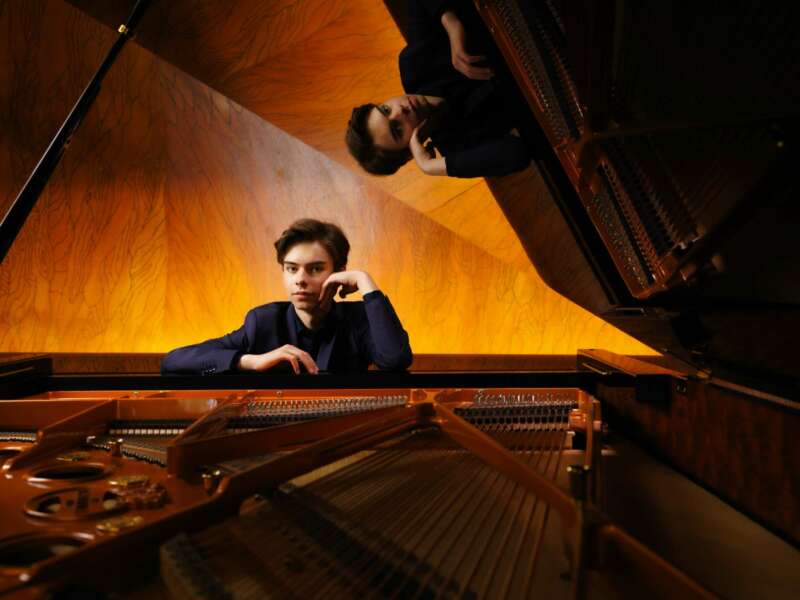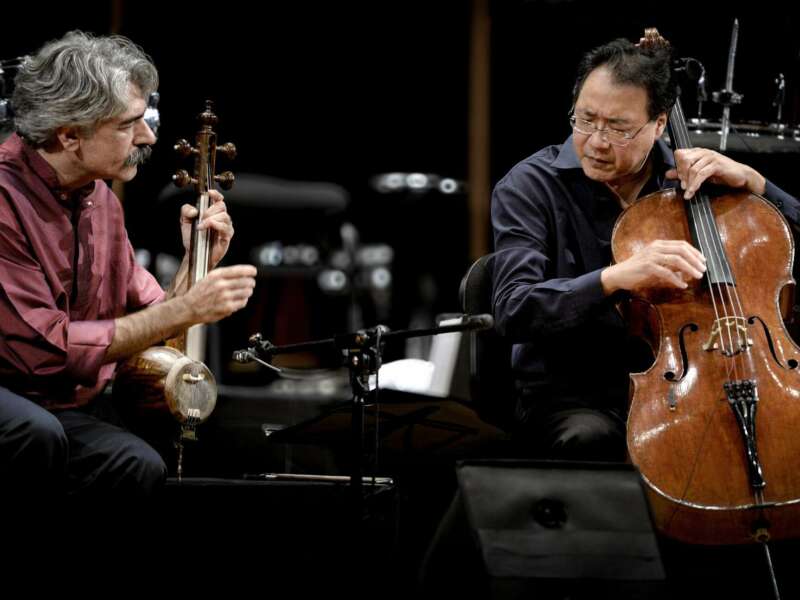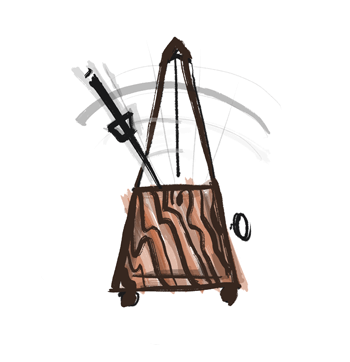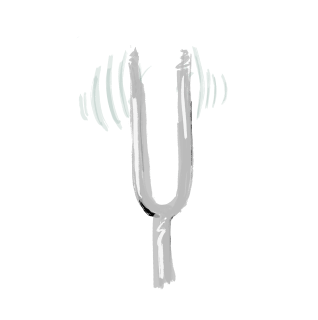Violinist, Pianist & Composer Oleg Pokhanovski on Arranging Major Works
Watch Pokhanovski's transcription of Richard Strauss' "Don Juan" for violin and piano
The Violin Channel recently premiered Oleg Pokhanovski's arrangement of Richard Strauss' "Don Juan" for violin and piano, produced by Daniel Kurganov. Watch the full performance below:
In this performance, Pokhanovski plays both the violin and piano parts. He is known for creating over 200 virtuosic transcriptions for violin and piano, as well as other instruments, and has produced professional CD recordings of many of these.
He sells his transcriptions, including Don Juan, online, along with his bowings and fingerings on his online store.
We caught up with the musician to learn more about his process.
Can you share some of your musical background, and how your journey as a violinist began?
My uncle Lev Zaides was not only my first violin teacher but a great inspiration for me falling in love with music and violin. He was an outstanding violinist himself, and even my little violin sounded powerful and beautiful when he demonstrated on it. He taught me a lasting lesson: that technical skill and genuine expression are inseparable. To play without utter sincerity and deep emotional investment, he believed, was a transgression far worse than a few wrong notes. Through Lev's own playing and the vintage recordings he introduced me to, I discovered the great masters of the "Golden Age. " Among the many great instrumentalists I listened to on those records, two artists—violinist Jascha Heifetz and pianist Josef Hofmann—became my guiding stars, leading me toward what I felt was the highest truth embedded in music.
What inspired you to arrange this monumental symphonic piece for violin and piano?
In my youth, I first knew this composition as a spirited orchestral passage. When I heard the complete tone poem years later, I was astounded by its remarkable depth—its theatricality, untamed passion, radiance, and pure beauty. It immediately sparked in my mind the vision of a dazzling, virtuosic duet for violin and piano.
How do you feel the piece translates into a violin sonata or showpiece? What challenges or opportunities did the arrangement present in adapting it for this format?
Transcribing Don Juan was undeniably challenging. Notes that soared majestically in the orchestra risked sounding stagnant when adapted for violin and piano. With multiple themes playing simultaneously, we had to meticulously reassign them between the instruments, sometimes shifting registers or seamlessly transitioning them from the violin to the piano, or even between the pianist's hands. Each choice was made with the goal of crafting a truly authentic duo version that was captivating for both the violin and the piano in their own distinct ways. Conquering these challenges however promised a great opportunity to present this composition in a new light, a new and different kind of expression where both instruments would shine and strengthen the power and brilliance of this masterpiece.
Many violinists know the opening orchestral passage as a notoriously difficult excerpt. You’ve taken that and raised the bar — what was your thinking behind making it even more technically demanding?
I really did not intend to make the piece “unplayable” . Listening to the orchestral version made such a profound impact on me that my primary wish was to perform this poem with a pianist in concert or to one day record both parts myself. My major hope was to comprehend all the motives, all the musical ideas and incorporate them into both instruments. In addition to this, I wanted to accentuate the virtuosic style of Strauss' writing in both violin and piano while using techniques suitable to (or showing off) each instrument and thus making the music sound possibly brighter and more brilliant. The fact that both violin and piano part became very challenging was rather a result of that approach. But then again, the idea of living through challenges is part of the poem which is about Don Juan, who was ready for any obstacles, risks, (mortal) dangers, etc.
You recorded yourself playing both the violin and piano parts. What was that process like, both technically and artistically?
I am very fortunate to play both instruments professionally, thanks to my great teachers and the great artists I learned from. Needless to say that getting ready to record both parts of Don Juan is a big challenge. But then, the thrill of recording the intense, virtuosic episodes may be compared, if at all, to riding a roller coaster - if you love this kind of excitement. And the joy of playing beautiful lyrical and dramatic parts is really incomparable to any emotional experiences I have had in my life. The range of emotions, the enormous pleasure of playing this divine music on both instruments is just unreal.
Can you tell us about some of the other works you’ve adapted, and what draws you to this kind of creative work?
I have completed over 200 transcriptions, mainly for violin and piano but also for violin and viola, and some chamber music as well. I think my first arrangements came about when I was around 13. They were Paganini and Wieniawski caprices, which I adapted so I could play them with my brother, Mikhail, who is a violist. It did not seem difficult to make them, and I thought they sounded pretty good and were fun to play. Years later, I thoroughly enjoyed Heifetz’s and Kreisler’s transcriptions as well as ones made by Liszt, Rachmaninov, Godowsky. I have often found that a transcription can sound even better than the original. When I hear a piece written for the orchestra or piano, I am immediately compelled to imagine how it would sound as a violin-piano duo. This creative impulse is undoubtedly how many of the major violin arrangements came to be, such as the 'Carmen Fantasy' by Sarasate and Waxman, the 'Moses Fantasy' by Paganini, the 'Faust Fantasy' by Wieniawski, the 'Otello Variations' by Ernst, and Auer's transcription of 'Lensky’s Aria.
Why do you think arrangements and additions to the repertoire are important? What role do they play in keeping classical music vibrant and evolving?
While I deeply appreciate the violin's established masterpieces—the concertos of Beethoven, Brahms, Tchaikovsky, and Sibelius, or the showpieces by Sarasate and Saint-Saëns, all immortalized by legends like Heifetz—my true passion lies in expanding its repertoire. I find immense satisfaction in uncovering new possibilities within works originally written for other instruments or full orchestra. It's incredibly rewarding to know my efforts help broaden the violin's horizons, shine a light on deserving yet often overlooked music, and inspire the next generation of musicians to explore and record fresh, compelling interpretations. I strongly believe that if done well, a transcription can reveal, uncover the beauty and uniqueness of the work, and make it more accessible to the listener’s understanding and perception.
What do you hope audiences take away from this performance? Is there a particular emotional or artistic message you want to communicate through this version of the piece?
My main goal is that people get to love the poem Don Juan. It is one of my most loved pieces, as Richard Strauss is one of my most loved composers, definitely underrated in the musical world. With this transcription, I hope people will enjoy the piece as much as—and perhaps even more than—the original. It presents the work in a different light, with a new, individual approach, and offers performers various interpretive possibilities. I also hope that young violinists and pianists get inspired and have a great desire to play it in concerts, competitions and festivals.
july 2025
august 2025


